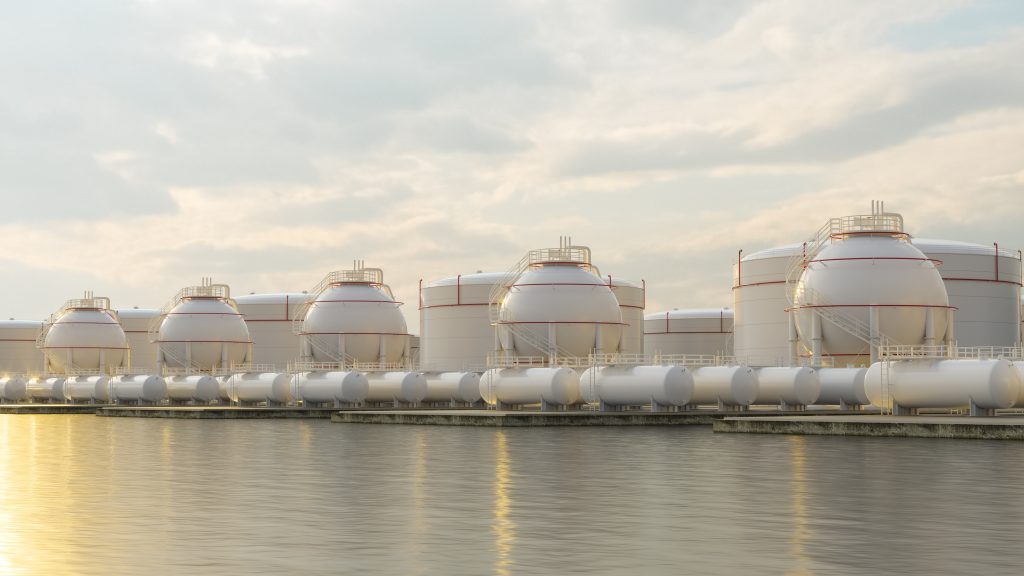For over 40 years, Butterworth Laboratories has provided independent, contract analytical services to the global pharmaceutical and related industries.
Popping the Bubble: Helium Supply Beyond the Headlines
18 September 2025
On 11 August 2025, helium made headlines after reports of explosions and fires at Russia’s Gazprom Orenburg Plant. Early commentary exaggerated the incident as the loss of a critical production site, but in reality, the plant’s role was minimal. Its 2022 output was just 3.7 million m³, tiny compared to Russia’s overall production capacity. For perspective, global helium production in 2023 reached 170 million m³, with the United States producing 79 million m³ and Qatar 66 million m³. By contrast, Russia’s Amur Gas Processing Plant in the Far East, restarted in September 2023 after fire-related repairs, will soon be capable of producing up to 60 million m³ annually, making Orenburg’s contribution insignificant both domestically and globally.
Key Facts About Global Helium
- Source: Found as a trace contaminant in natural gas, at concentrations ranging from near zero to about 7%. (Typical averages: Qatar 0.04%, Russia 0.6%, USA 2%).
- Processing: Only a small fraction of the ~4,116 billion m³ of natural gas produced in 2024 (CEDIGAZ estimate) is processed for helium extraction.
- Supply disruptions: Since 2006, four extended disruptions have driven up prices.
- Resources and reserves: Despite helium being finite, proven resources and geological reserves are sufficient for over 300 years. Disruptions are unrelated to scarcity, as reserve estimates continue to rise.
- Price dynamics: Prices do not track directly with global output. Instead, shortfalls usually stem from industrial accidents, including processing plant destruction, plant shutdowns, or poor management, particularly of the U.S. Federal Reserve’s helium stockpile and downturn in industries and processes that consume helium.
- Response: Producers typically adapt quickly, keeping annual production relatively stable.
- Logistics: The main challenge is transport. Helium requires ISO-standard 11,000 US-gallon containers and specialised carrier ships. Localised disruptions often tie up this equipment, creating temporary bottlenecks.
The Real Long-term Helium Problem
The real issue is that helium is mainly treated as a byproduct of natural gas production, where it occurs only in small concentrations. Since reducing fossil fuel use is essential to combat global warming, cutting back on natural gas extraction also limits helium supply. Without profits from selling natural gas, producers would need to reinject it back underground after extracting helium, making the process far more expensive. As a result, only gas fields with the highest helium concentrations would remain viable. Meanwhile, about 8% of the world’s helium is still wasted on party balloons. The one application for which no substitute is likely ever to exist is cooling superconductors below -256 °C.